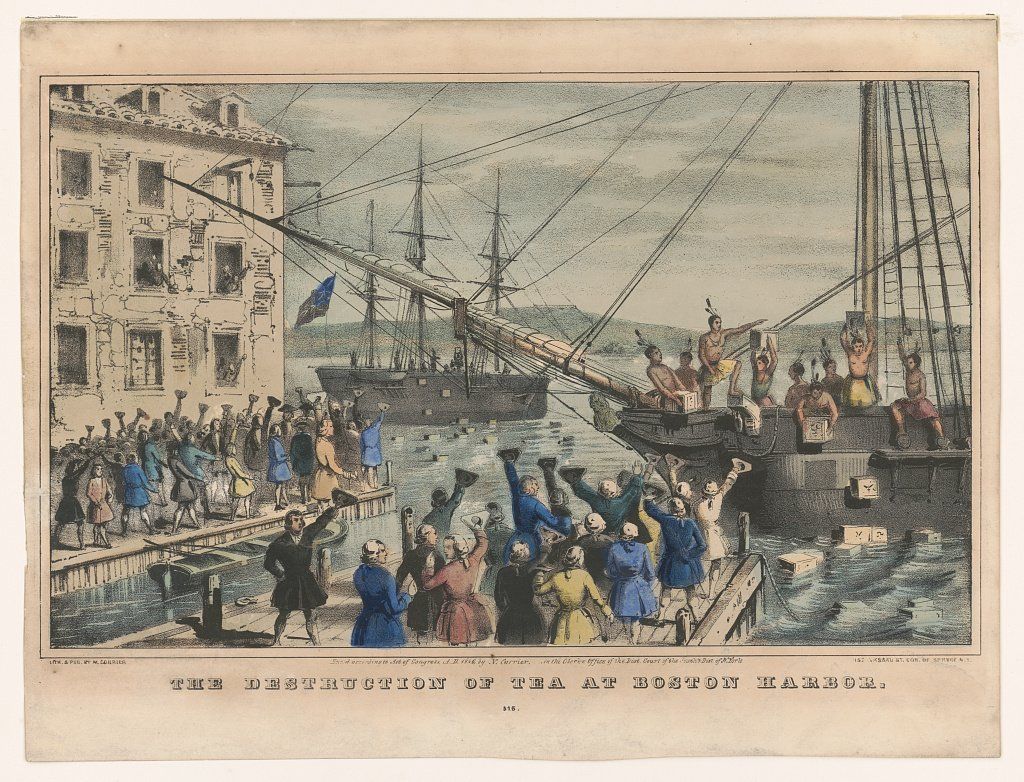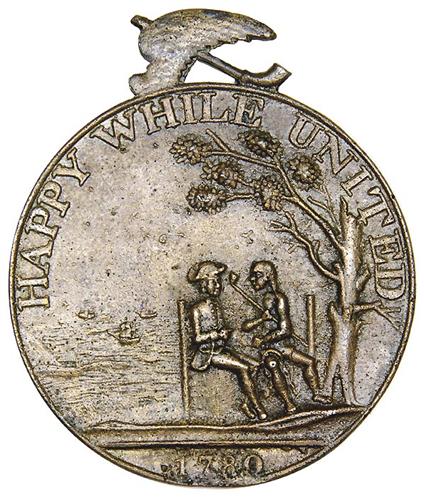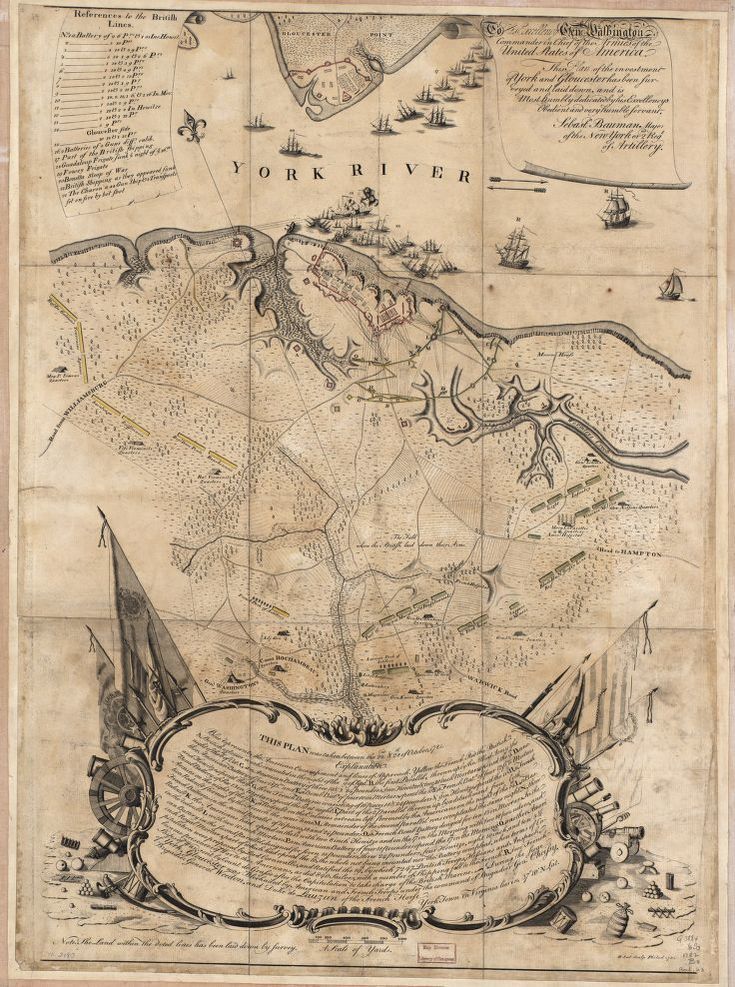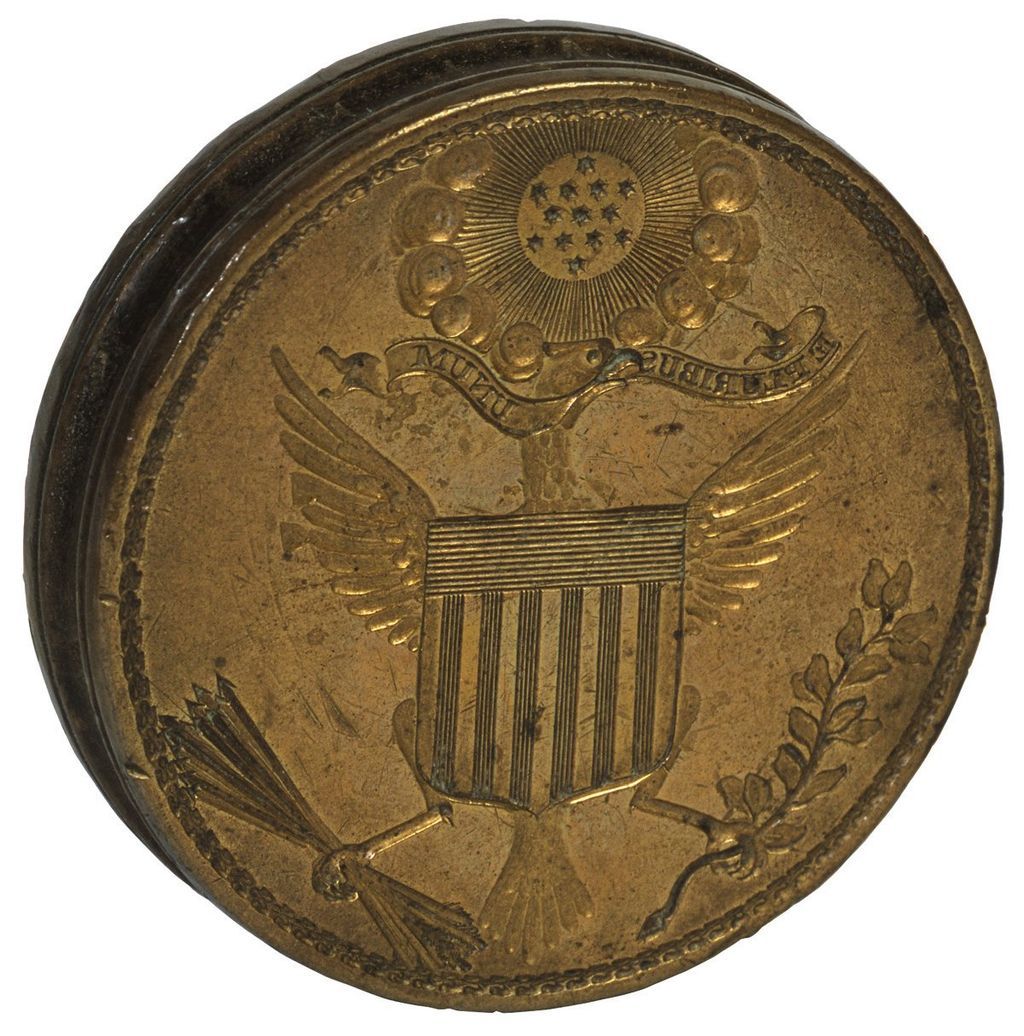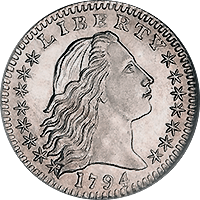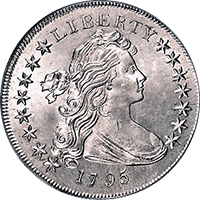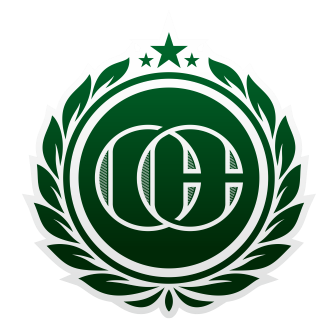Chief Engraver of the U.S. Mint: Robert Scot
First Chief Engraver of the US Mint
Sons of Liberty, dressed as Native Americans, throwing crates of tea off ships in the Boston Harbor.
Engraving Coins During The American Revolution
When the Sons of Liberty tossed barrels of tea from the ships in the Boston Harbor, the American Revolution was well on its way. As British troops began to occupy Boston in 1767, contention only grew further.
The American Revolution was (obviously) an important time in American history. These events laid the groundwork for becoming the Country we wanted to be. Now I’m not going to go over every American Revolution event, but I will sprinkle some in because I think it’s important (and way cooler) if you know what was going on in the world while Robert Scot was on his way to become the first Chief Engraver of the United States Mint.
Our story begins a few years after The Boston Tea Party, in 1775. As Paul Revere rides to warn the rebels of the incoming British troops to Lexington, and the British attempt to capture Sam Adams, and John Hancock, Robert Scot seems to have landed in the midst of an historic rebellion.
Early Life of Robert Scot
While there isn’t a whole lot known about Scot’s early life, we do know he was born in Scotland on Oct 2 1745. He later spent time in England studying under Richard Cooper (Or possibly Sir Robert Strange, information is fuzzy here) as a line engraver. In 1775 Robert Scott immigrated to Fredericksburg, Virginia, changing the spelling of his last name to Scot.
Scot began his American engraving career engraving plates for the banknotes of Virginia currency. The currency at first featured the British Coat of Arms, then after the Fifth Virginia Convention in 1776, this was changed to the radical Virginia Seal design. The seal depicted the “overthrow of tyranny”.
Shortly after, Congress declared independence from Great Britain, and The Declaration of Independence was written and signed on July 4th 1776.
Robert Scot is Appointed Engraver to the Commonwealth of Virginia
In 1780, after 6 weeks of siege, Major General Benjamin Lincoln surrendered and Charleston was taken by British forces. In September, a plot was discovered.
Major General Benedict Arnold had planned to hand the command of West Point, New York over to the British. Arnold, now discovered to be a traitor, fled and defected to the British forces. John Andre, who assisted in the plot was discovered to be a British spy and was captured and hanged.
This was the year that Robert Scot moved to the new Virginia Capitol of Richmond, as he was appointed the Engraver to the Commonwealth of Virginia. Thomas Jefferson, the Virginia Governor at the time, directed him to engrave the “Virginia Happy While United” medals, which were to be gifts for the Native American Indian chiefs.
As tensions rose In 1781, Benedict Arnold, now on the British side captured Richmond and set it ablaze. Scot then made the decision to move himself and his family to Philadelphia in the spring, just a couple months later.
Upon arrival in Philadelphia, Robert Scot began advertising his engraving services and listed his shop in the local newspapers. He had his engraving shop set up on the corner of Vine and Front street, and began doing small engraving jobs.
Battle of Yorktown
A couple months after moving to Philadelphia, Scot began engraving dies for paper currency. Working under Robert Morris, who was the Superintendent of the Office of Finance of the United States. This paper money he engraved while in Philadelphia actually went on to help fund the battle of Yorktown. After the Americans and the French won the battle against the British, Robert Scot was commissioned by Major Sebastian Bauman to engrave a commemorative map of the victory. (See above picture)
It’s speculated that in 1782 Robert Scot may have created the die for The Great Seal of the United States, designed by Charles Thomson. There are records showing Thomson paid Robert scot for a seal. This was attributed by Richardson Dougall and Richard Patterson in their book, “The Eagle and the Shield”.
Appointing The New Chief Engraver
In 1793 the work began on the Capitol building, with George Washington laying the cornerstone on September 28th. The office of Chief Engraver of the United States Mint was also established this year. The non-commissioned engraver Joseph Wright, tragically succumbed to the Yellow Fever. On November 23rd, George Washington appointed Robert Scot to replace him in the newly established office of Chief Engraver
The coinage Act of 1792 mandated design requirements for all U.S. coins, which included an obverse “emblematic of Liberty” and a reverse that featured “the figure or representation of an eagle”. Scot’s initial designs after starting at the Mint included the Flowing Hair silver dollar, and the Liberty Cap half cent.
In 1795 he engraved the designs for the first gold coin of the U.S. Mint, one of the designs was a drapery for Lady Liberty. This design was then continued later on with the Draped Bust silver half dollar.
In 1796, Robert Scot introduced the Heraldic Eagle reverse, which was a modification of The Great Seal of the United States. The Heraldic Eagle still appears on many coins
.
John Reich Takes Over Engraving
In 1807, Scot was 62. The Director of the Mint Robert Patterson was concerned about having someone in place to take over, so he hired John Reich to assist. John Reich was assigned by Jefferson and Patterson to redesign the coinage. He ended up doing all of the engraving for ten years, from 1807 to 1817.
Naturally, Robert Scot was not pleased about this, and it’s widely considered that Scot treated Reich with quite a bit of disdain. In 1817 He resigned due to poor health, and because he never received a promotion or raise to his $600/year salary in those 10 years. Robert Scot resumed engraving after Reich’s retirement, and used most of John Reich’s basic designs for the new coins.
In 1823, the same year Hugh Glass survived being mauled by a Grizzly bear, (The events that inspired the DiCaprio movie “The Revenant”) Robert Scot Passed away on November 3rd, at the age of 78. On November 5th, Mint Director Robert Patterson wrote President James Monroe of Scot’s death. Here’s part of that letter.
“Sir:
It has now become my painful duty to announce to you the sudden demise of our Ingravor [sic], Robert Scot, which took place this morning. He retired to rest last night, apparently in his ordinary state of health, and was, on opening his door in the morning, discovered to have recently expired.”
Final Thoughts
Robert Scot’s legacy lived on, with many of his coins remaining popular, and gaining more popularity as the years went on. His Flowing Hair and Draped Bust coins are highly sought after today.
Do you have any insight into Robert Scot’s story? Or perhaps someone you’d like us to write about? Let us know in the comments!
Check out some of our other articles in our Chief Engravers of the US Mint Series!
- Robert Scot
- William Kneass
- Christian Gobrecht
- James B. Longacre
- William Barber
- Charles E. Barber
- George T. Morgan
- John R. Sinnock

